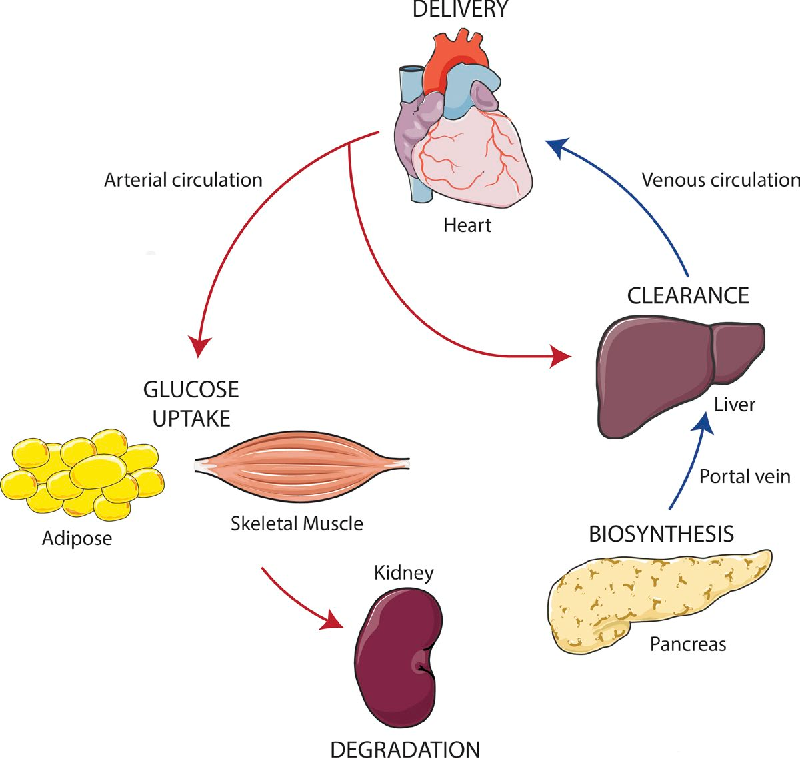Lars, 50 years old with chronic low back pain
- Julien Boillat

- Nov 22, 2020
- 2 min read
Updated: Dec 8, 2020
Last month, I had a very common case of someone suffering from a chronic low back pain associated with a low left abdominal pain/discomfort.
It is 8 years ago, this pain started and has been persistent until today.
The patient described it as a left sacroiliac pain, which is getting better when running or moving and worse after the effort or when sitting for a long time at his desk.
The pain is not present during the night, which removes suspicions of chronic inflammations. He has been seeing other therapists who were giving him stretching exercises and muscle training without any good effects.
While Lars was taking his cloths off, I checked his shoes and figured out he was using his left sole a lot more than his right giving me the information of a potential pelvis misalignment.
N.B: when the pelvis is misaligned, the gravity center moves sideways interfering with how the weight is loaded on the legs. Therefore, there is often a difference in the wear of the soles when there is a pelvis misalignment.
I started my examination with him standing in front of me. I could observe a few things:
- a right flexum of his knee.
- a higher iliac crest on the right side.
- an over activation of the low back para vertebral muscles/quadratus lombus on the left side.
- a flat foot on the right side
- a left shit of the pelvis (a left translation of the hips)
Then I made him sit on the table and couldn't observe any differences in the tensions of his low back muscles indicating that his problem might be more of an "ilium" problem that a real sacrum/spine problem.
Lying down of his back, I could observe a right long leg (due to the right ilium dysfunction called: anterior rotation) and a left sacroiliac stiffer that the right. The palpation of the left psoas was also more painful than the right one.
What to do with all these information?
The anterior rotation of the right ilium makes his right leg longer than his left.
When standing up, the patient is then "falling" on his left leg. This makes him put more weight on his left shoes. This explains why we find a left sole more worn that the right one.
Because there is more weight on the left leg; hips and low back muscles are working more than they should, bringing more tensions in the left psoas, buttocks and low back regions.
As the right leg is "longer", the body tries to find strategies to shorten it. This explains why we find a right knee flexum and a right flat foot.
Why low back pains then?
To keep it simple, because the pelvis is misaligned, the sacrum has to compensate. This sacrum compensation brings a lot of constraints in the sacroiliac ligaments. When the patient is moving, the system warms up, everything get more smooth and the system is less painful. When the patient stops the activity, the system cools down, muscles/articulations/ligaments get stiffer and the patient starts feeling symptoms and rigidity.
This explains why stretching exercises and training could not help him. We need to restore the pelvis/hips balance first so muscles, articulations and ligaments can work normally again. It is only after these readjustments that training and stretching will be efficient.
Thanks for reading! :)





Comments